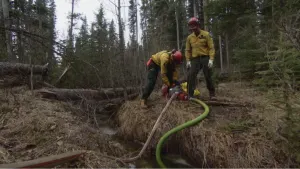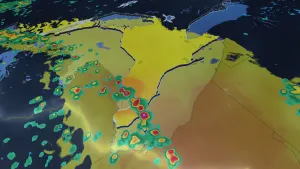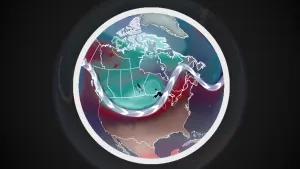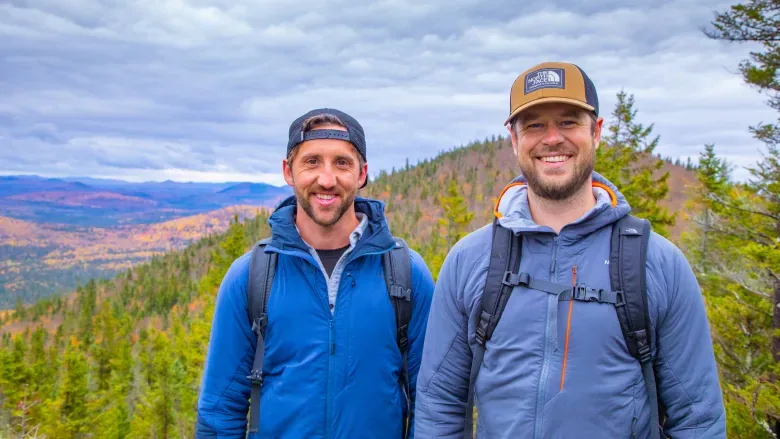
Heading back to nature this summer? Tread lightly, say outdoor experts
--
Conservation groups have been doing a lot of work lately to give people virtual access to important ecological areas in the Maritimes, but if that's given you the itch to go in person this summer, there are special precautions to take, according to two people who make a living promoting outdoor adventures.
"These are not the places we want to start going bushwhacking," said Jan-Sebastian LaPierre, of Dartmouth-based marketing company A For Adventure.
DON'T MISS: The best fans to make it through summer heat waves
You probably should not go with a big group, said LaPierre, and you should try to "exercise the lightest touch possible."
The public can visit many ecologically sensitive areas, he said, if there's the right infrastructure, such as boardwalks and trails.

Jan-Sebastian LaPierre, left, and Chris Surette, say it's important to learn a bit about a natural area before you go there. Here they are at Mount Carleton Provincial Park in New Brunswick. (Submitted by Chris Surette)
LaPierre's business partner Chris Surette said he's noticed a trend lately of conservation groups creating interactive maps and videos to try to get people to know and love wetlands and rare habitats.
The Nature Trust of New Brunswick has done lots of mapping, he said.
One "cool" example is the Meduxnekeag Valley Nature Preserve.
The Meduxnekeag is a tributary of the St. John River, he noted, and the preserve includes over 1,000 acres of rare Appalachian hardwood forest.
More than 180 species of trees, plants, lichen and mosses live there, according to the Nature Trust — including 43 rare species and many found nowhere else in Atlantic Canada.
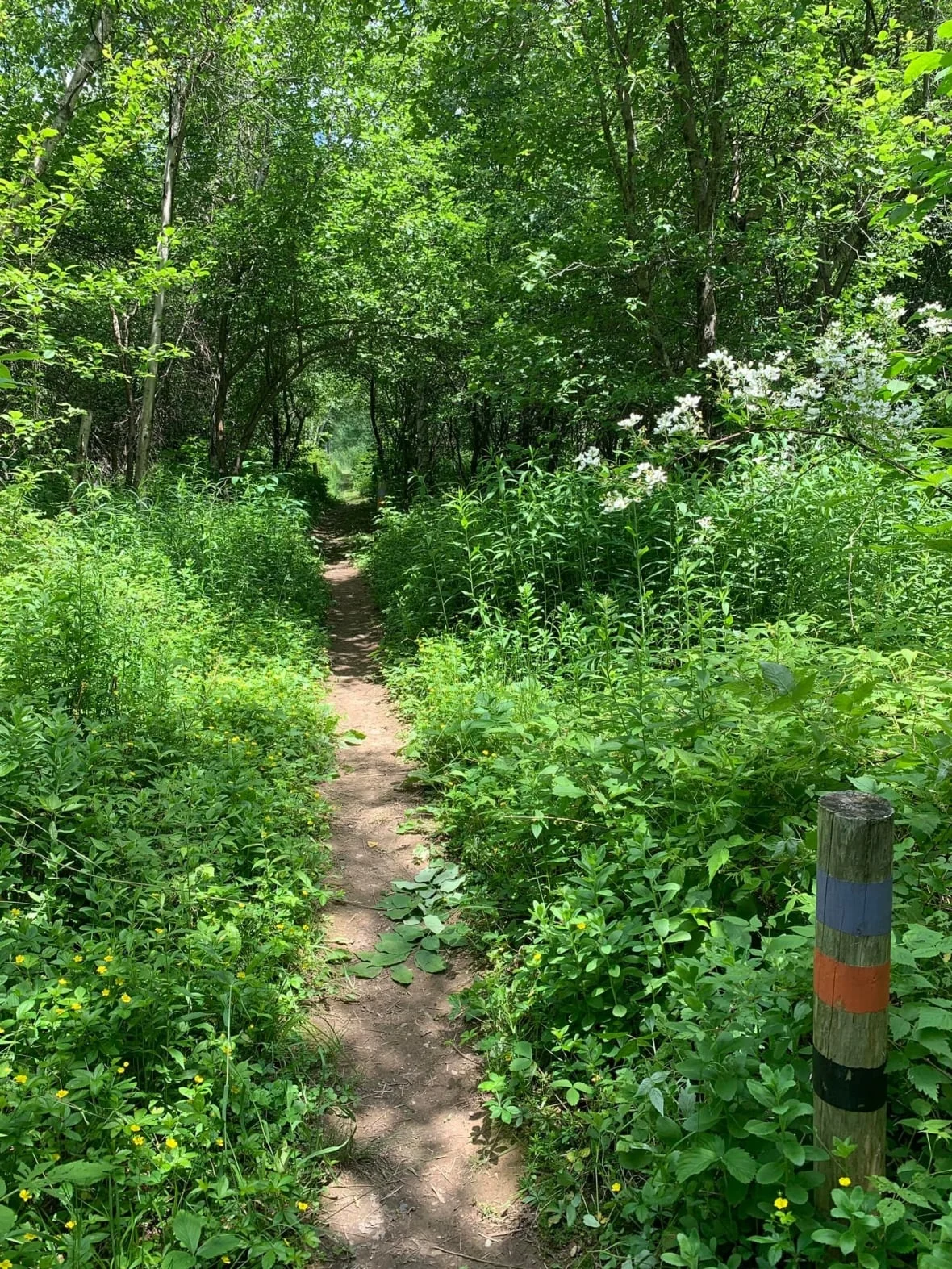
Using existing trails helps preserve fragile eco-systems, said Jan LaPierre. (Holly Melanson/Facebook)
"These forests have been nearly eradicated from their natural range in Carleton and Victoria counties," says the group's website.
Thanks to trails and light infrastructure more than 3,000 students a year can visit the preserve, he said. They have fun identifying plants using the iNaturalist app or geocaching and also learn something in the process.
Ultimately it's teaching them about nature, said Surette, and creating a culture of understanding the importance of conservation.

Wild coffee is one of the rare plants that grows in the Meduxnekeag Valley Nature Preserve, according to the group's website, as well as black raspberry, wild ginger, maidenhair fern and showy orchids. (Holly Melanson/Facebook)
The St. Mary's River Association in Nova Scotia just started an online map project as well, said LaPierre.
The Canadian Heritage River is well known for salmon fishing, he said, but is home to many other species and has beautiful "rolling hills" along its banks.
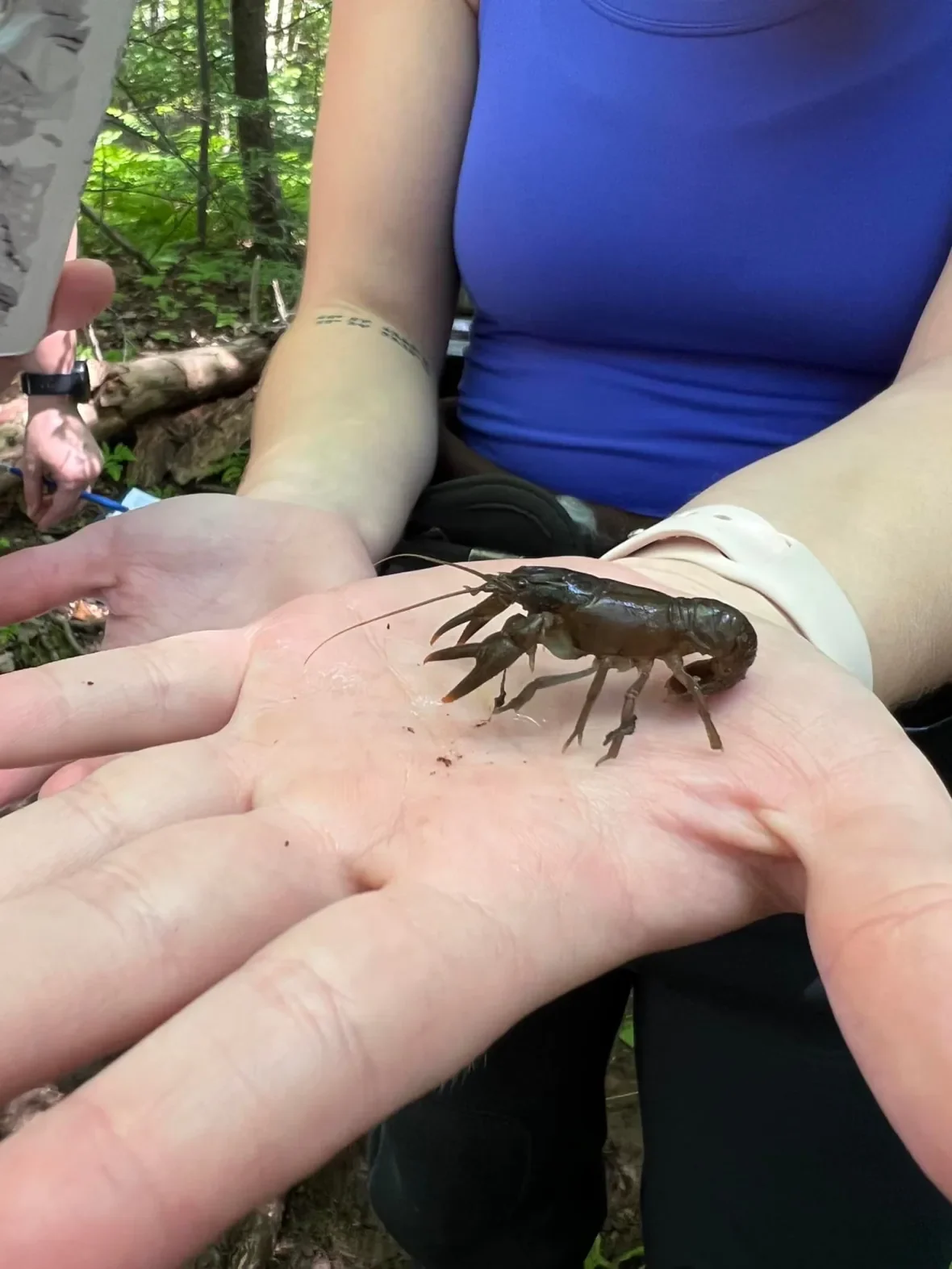
Crawfish are one of the species that live in the Meduxnekeag River. (Holly Melanson/Facebook)
It has taken decades to shore up some of the properties, he said, on a mix of private and public land, but there are now many access points for those wanting to travel by boat, bike or on foot.
"They've done a remarkable job," said LaPierre, "to make something that's hopefully going to last for generations and generations."
Surette and LaPierre have been personally involved in a couple of other mapping projects, in collaboration with the Canadian Wildlife Service.
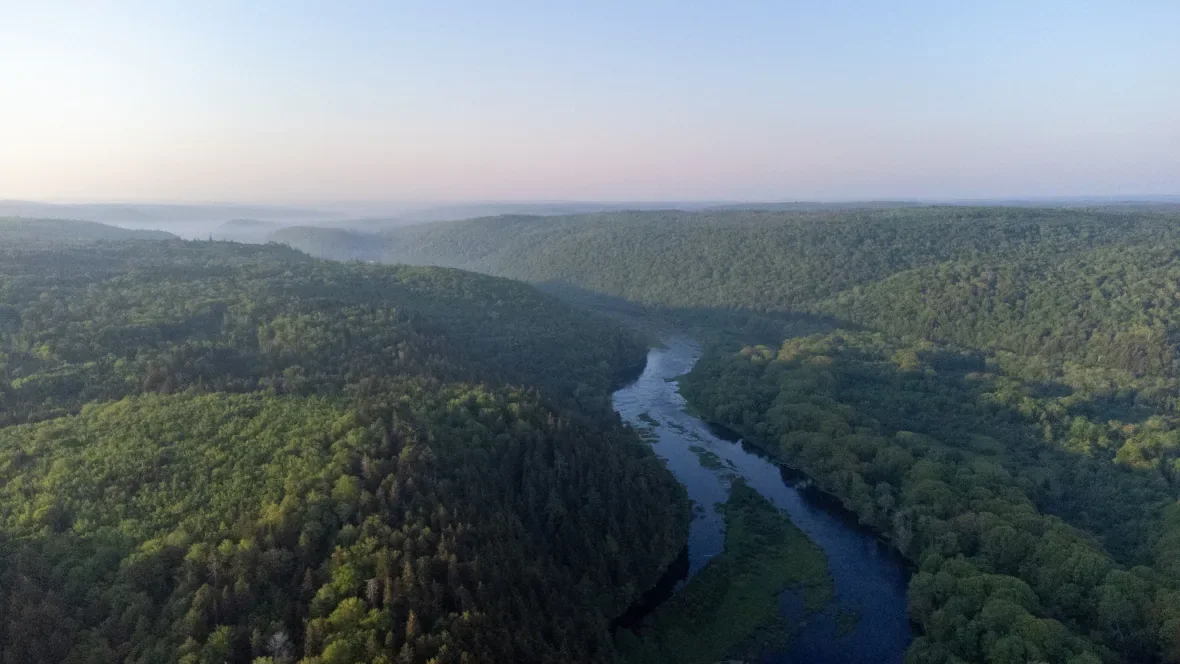
A new mapping project shows many ways to access the St. Mary's River in Nova Scotia, said LaPierre, but it's also important habitat for endangered species such as Atlantic salmon. (Submitted by Chris Surette)
One of them features Big Glace Bay Beach, which is surrounded by the community of Glace Bay, Nova Scotia.
It's "very, very important," nesting grounds for piping plovers, said LaPierre, as well as a host of other shore birds that pass through.
All ecosystems are fragile, said LaPierre, including the ones that we're closest to.
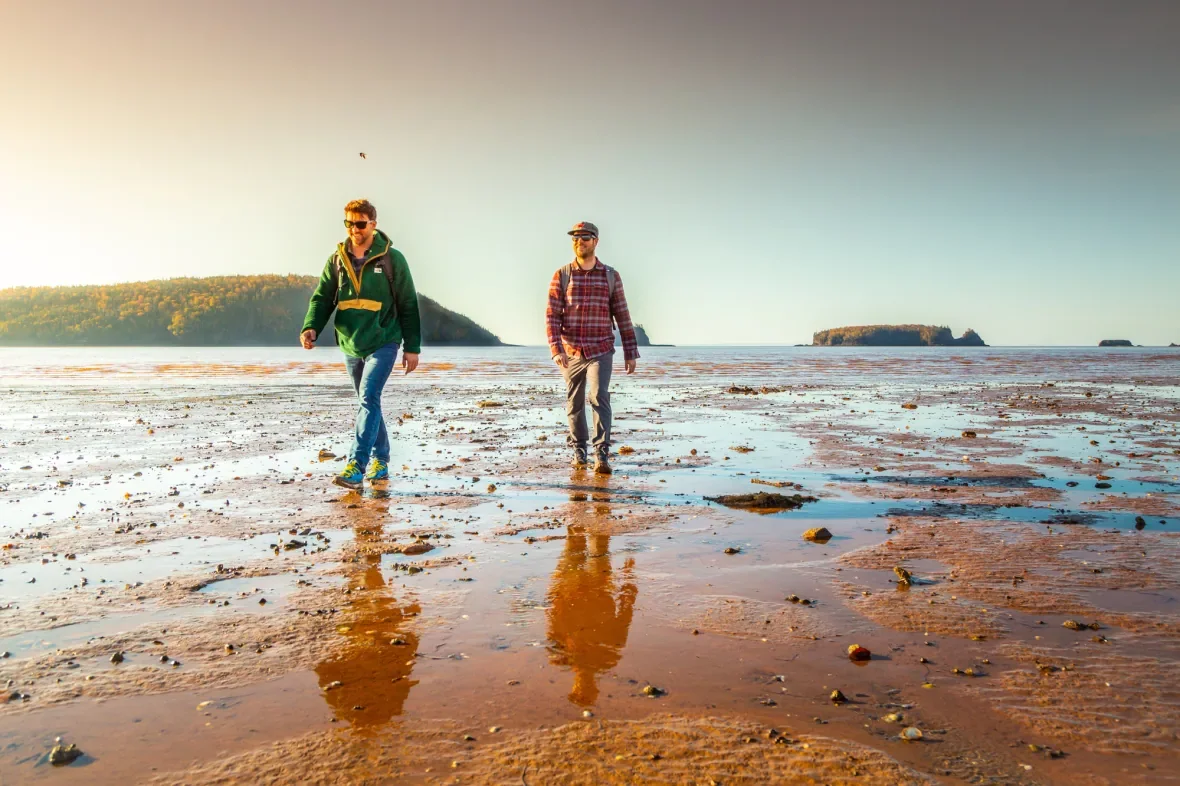
Surette, left, and LaPierre explore the floor of Minas Basin at Five Islands Provincial Park in Nova Scotia. (Submitted by Chris Surette)
"It's easy to get excited about waterfalls and lush valleys," he said, "whereas the ones we visit more often probably most need our help."
Another of the mapping projects they worked on looks at Shepody Hills south of Moncton on the Fundy shore.
They created the above video in collaboration with naturalist, poet and author Harry Thurston.
Shepody Hills had a lot of human habitation for a long time, said LaPierre, and has now returned to a more natural state.
Another important natural area is nestled next to the community of Kentville, said Surette, in Nova Scotia's fertile Annapolis Valley.
Ducks Unlimited is piloting an interactive map project there of Miner's Marsh.
It used to be farmland, said Surette, but it was wet "all the time." The Miner family worked out a deal to transfer the land and have it restored to its natural state and protected.
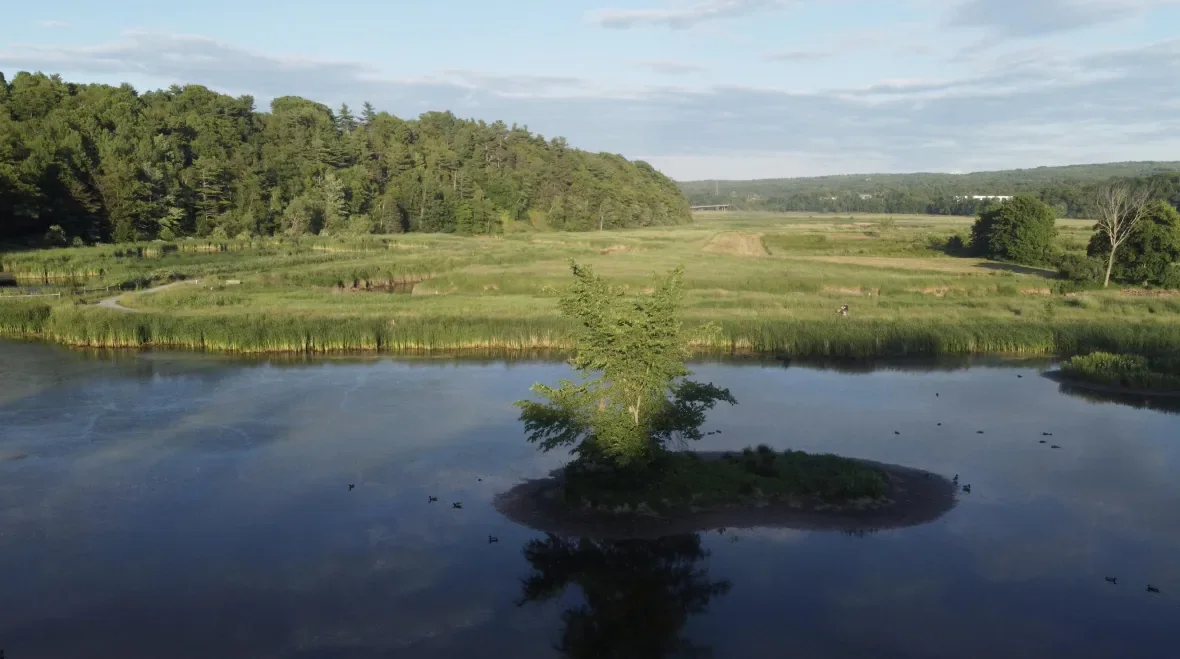
Miner's Marsh in the Kentville, N.S., area, is thriving, said Surette, since it transitioned from farmland to a nature preserve in 2010. (Submitted by Chris Surette)
It opened as a nature preserve in 2010, said Surette, and is "absolutely thriving."
Hundreds of people visit daily, he said, using its walking and biking trails.
When you zoom out on the Ducks Unlimited interactive map, you can see how much water it holds, right next to the town.
The most sensitive areas are "usually the unsexy ones," said Surette.
Peat wetlands and salt marshes "don't get a whole lot of love," he said.
They're seen as "mosquito ridden" places that are "boggy and kind of stinky."
But they are "unsung heroes" of the natural world.

It's obvious from above how much water Miner's Marsh holds back from the community of Kentville, said Surette. (Submitted by Chris Surette)
They prevent flooding, hold and purify water, are "really great" at capturing carbon and provide "amazing infrastructure" for plants and animals.
"We're trying to keep those systems intact," said LaPierre.
"The leave-no-trace principles absolutely matter here."
The article was written by Jennifer Sweet, originally published for CBC News. It contains files from Information Morning.






